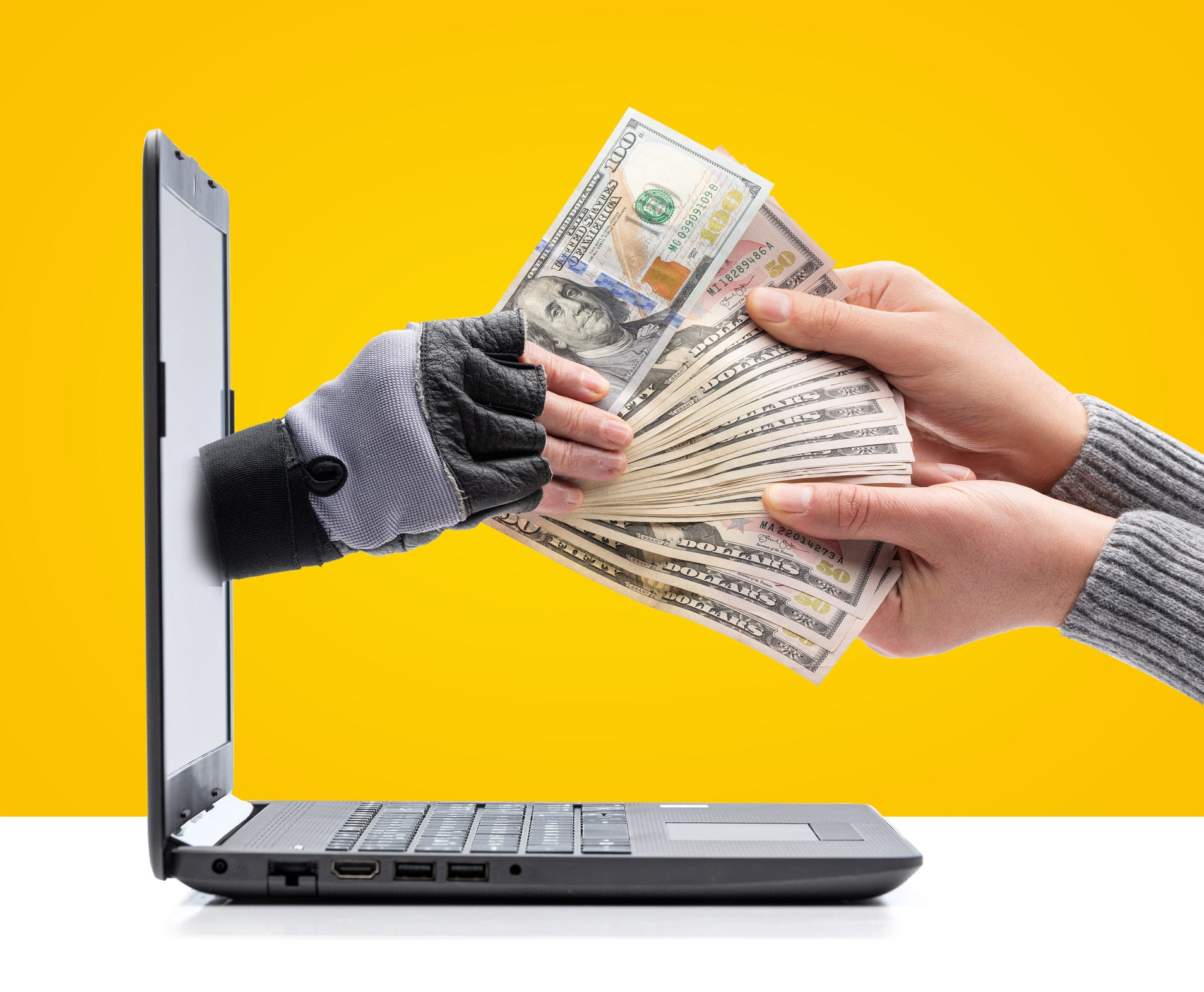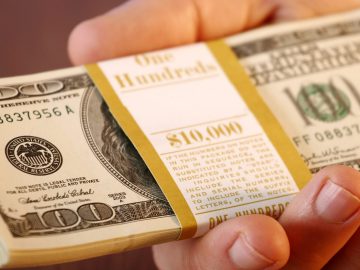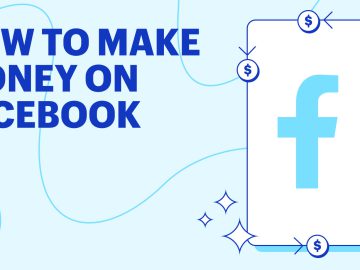Fox Money is a personal finance hub featuring content generated by Credible Operations, Inc. (Credible), which is majority-owned indirectly by Fox Corporation. The Fox Money content is created and reviewed independent of Fox News Media. Credible is solely responsible for this content and the services it provides.
Between sky-high unemployment rates and the stalled reopening of businesses as new cases numbers rise, many Americans are in need of financial help during the coronavirus pandemic. With that in mind, below are three ways that you can quickly get access to the funds you need to stay afloat. Read on below to get a sense of which method might make the most sense for you.
If you’re in need of some quick cash, taking out a personal loan can be a solid option. On the one hand, the right personal loan can offer you access to up to $100,000 in just a few business days. On the other, personal loans generally offer lower interest rates than credit cards, According to May 2020 data from the Federal Reserve, while the average interest rate on a credit card is 14.5 percent, on a personal loan, it is only 9.5 percent.
Since the interest rate you’re given on a personal loan is determined mainly by your income and credit score, the best thing you can do to secure a low rate is to shop around. You can use an online site like Credible to compare your loan options.
HOW TO GET A $100,000 PERSONAL LOAN
You can also use their personal loan calculator to get a sense of what you can expect to pay on a monthly basis based on current rates.
Alternatively, if you think you’ll be able to pay back any money you spend within a short period of time, it may be worth looking into getting a zero percent APR credit card. These cards offer the opportunity to spend on the card without accruing interest charges on new purchases for a set period, usually between 18 to 24 months.
If you think that getting a credit card might be the right choice for you, you can also use an online marketplace like Credible to compare multiple zero percent APR card options from the comfort of your own home.
That said, if you’re looking for funds to pay off existing debts, a balance transfer card is likely going to be a better choice. Balance transfer cards allow you to combine multiple debts into a single monthly payment and typically offer a lower, introductory interest rate, which can reduce the amount you pay in interest charges overall.
However, one thing that we would advise against doing is using a credit card for a cash advance. Usually, cash advance limits are low, but they come with high fees. In most cases, you’ll be better off finding another source of funds.
GET 0% APR CREDIT CARDS TO SAVE MONEY — HERE’S HOW IT WORKS
If you own your own home, there’s a good chance that you’ll be able to access some extra funds by tapping into the equity that you’ve built up in your home through making mortgage payments. Here, you have two options. If you need a set amount of funds for a big purchase, your best bet will likely be to get a home equity loan. However, if you’d rather have access to a pool of funds that you can pull from as-needed, you might be better off getting a home equity line of credit (HELOC).
Home equity loans function like any other installment loan. With these loans, you’re given a set amount of money in a lump-sum. Then, since these loans come with fixed interest rates, you’ll have a set monthly payment to make until the loan is paid off in full.
HOW TO GET THE BEST HELOC RATES
Alternatively, a home equity line of credit functions more like a credit card. With a HELOC, you can borrow against the equity in your home for a set period of time, pay it off, and repeat as needed. Like a credit card, your monthly payment will also vary according to how much money you have borrowed. Since HELOCs usually have variable interest rates, the amount in interest charges you can expect to pay may vary as well.
Notably, some HELOCs will offer an interest-only period, which allows you to just pay interest on any funds you’ve spent while you can borrow against the line of credit. Once your borrowing period is up, your minimum monthly payment will also change to reflect the principal amount of what you’ve borrowed.
Meet the contributor:
Tara Mastroeni
Tara Mastroeni is an expert on personal finance, real estate, and mortgages. Her work has been featured by Forbes, Fox Business, Business Insider, and Yahoo News.



